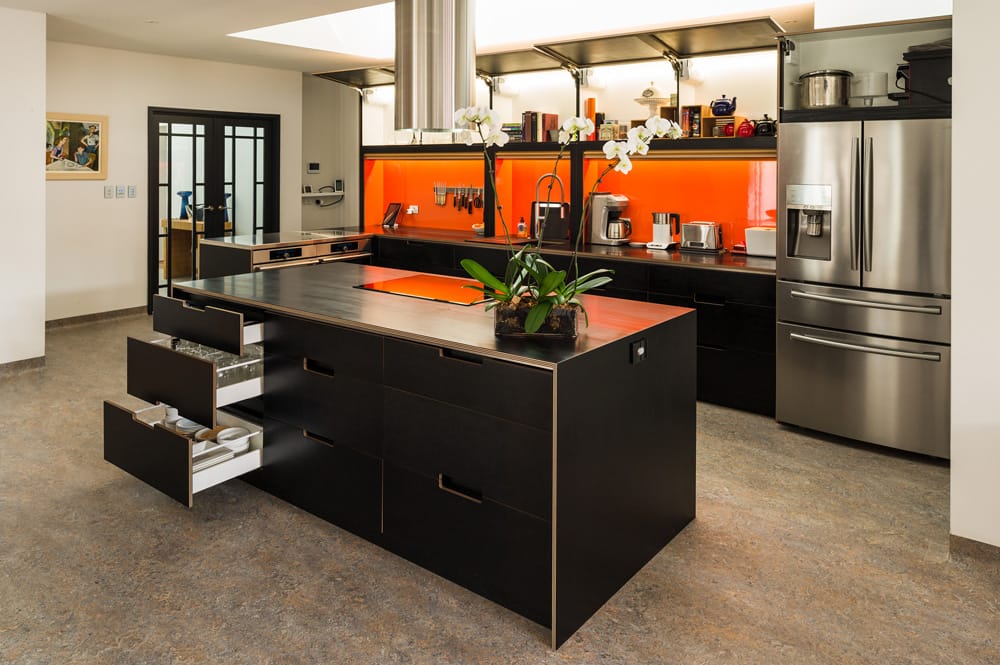ecocabinets is exited to present to you a new product to treat all timber surfaces with. it is called Rubio Monocoat and it quite revolutionary. absolutely zero VOC, just one coat needed as it is neither penetrating nor skin forming but rather creates a molecular bind with the first few microns of the timber surface, enhances the look of timber no end, is safe to touch in minutes and completely dry after 72 hours, cures with oxygen, comes in a stunning range of colours (or mix your own).
call us at ecocabinets for more information and help with your next project: https://www.rubiomonocoat.com/en?reset&country=aa
News
close to home and very exiting. love the thinking that goes in to these projects. trend seems to be battery energy storage on a smaller and smaller scale. can’t wait to invest in mine with my immediate neighbours.
Is it Possible to Live a Zero-Waste Lifestyle?
With around 1.5kg of solid waste created per person each day, landfills across the world are filling up rapidly. Whether it’s plastic bottles or packaging, we’re all guilty of throwing away materials that can be recycled or re-used in some way. However, many people are now trying to buck the trend by aiming for a zero-waste lifestyle. While this may seem difficult for those living in the First World, there are lots of steps you can take, such as installing kitchen cabinets which have recycling bins inside, or choosing to buy brands that use recyclable packaging, which can start to bring you towards your goal. Here are some tips for those starting out.
Don’t try to go straight to zero
As with any lifestyle change, taking small steps means you’re more likely to reach your long-term goals. Some things you can do to start include:
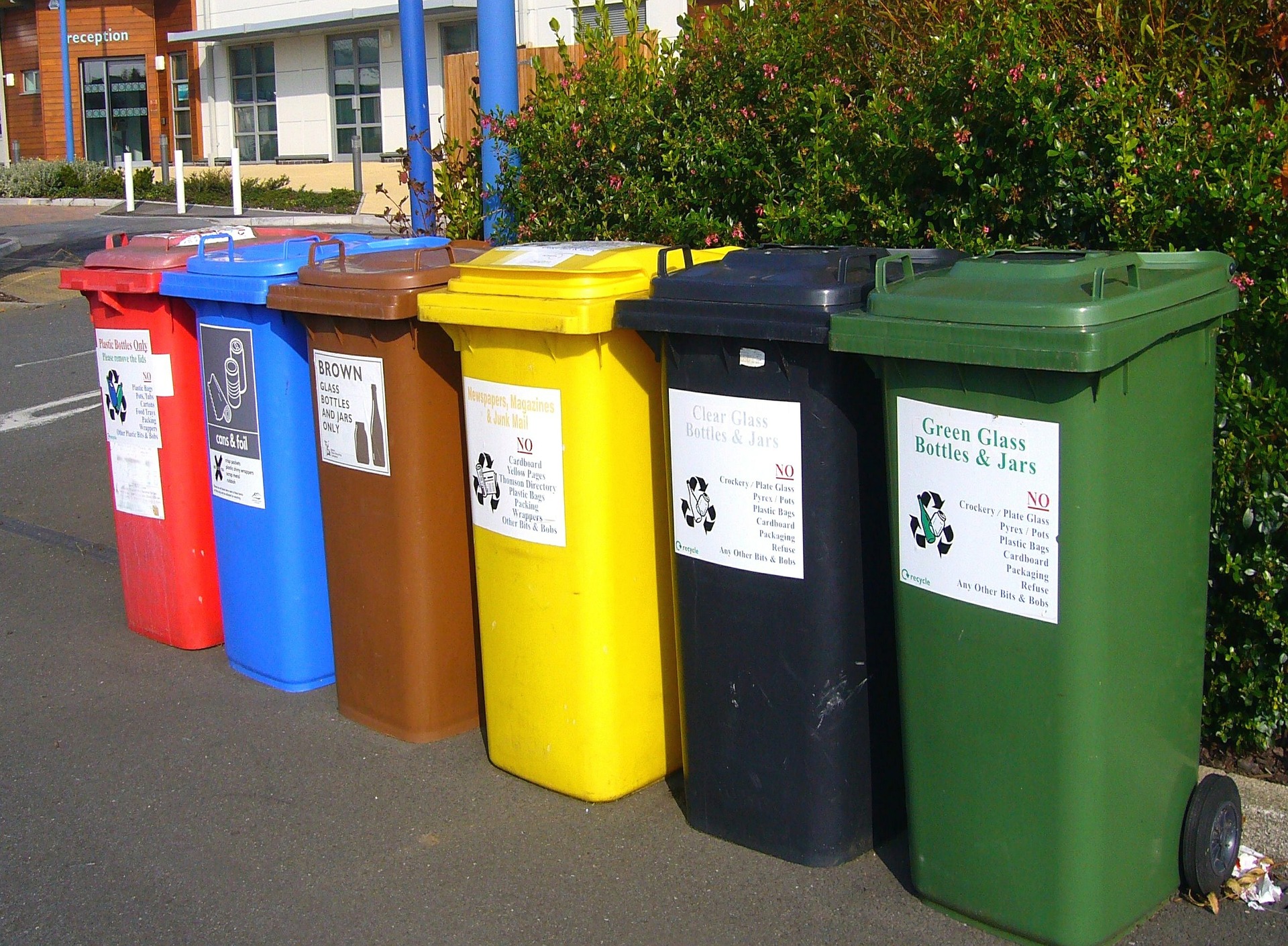 Buy a good water bottle – choose one with a filter if you hate the taste of tap water
Buy a good water bottle – choose one with a filter if you hate the taste of tap water- Invest in a reusable lunch bag so you can avoid using cling film
- Find some hard-wearing cloth bags for shopping trips
- When you do your food shop, start looking for brands that use minimal packaging, avoiding plastic whenever possible. Shopping at markets or independent stores is often better
- Buy a reusable coffee mug from your favourite chain for your daily cup
The first steps are often the hardest, so choosing a few simple products such as reusable bags can help get you on the right path.
Shop smarter
The key to creating less waste is often to buy less in the first place. Around times such as Christmas or the sales, it’s so tempting to go out and buy loads of stuff, but think twice before you hand over your card. When you see something that’s half price, for example, consider whether you would have brought it at full price. If you wouldn’t have spent that much, then it’s not a bargain.
Considering slimming your clothing collection down to a capsule wardrobe, with a few high-quality basics rather than endless racks of clothes. Not only will this save you money, it makes life easier, and mornings are calmer. If you choose high-quality clothing, it’ll last you longer, and can then be donated when you’re done with it.
When it comes to food shopping, doing smaller, regular shops can often mean less waste. When you go to supermarkets, there’s often too much temptation to stock up on things you don’t need. Make a list before you go, and ignore those two for one offers that often end up in the bin.
Give away unwanted food
Tinned and packaged food that you don’t need can be donated to a food bank or local shelter, so there’s no need to throw it away. Charities won’t always take fresh food that’s about to expire, but there are apps where you can give away unwanted food, meaning it doesn’t end up in the bin.
Re-design your kitchen
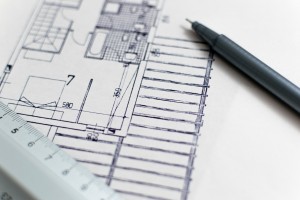
The kitchen is one of the biggest sources of waste, so it’s a good place to start when reducing waste. Make sure you have separate bins for recyclables, food waste, and non-recyclable items, and consider starting a compost bin in the garden for vegetable peelings.
Avoid buying plastic cups or cutlery, and swap the kitchen roll and disposable cloths for ones that can be washed and re-used. Another wasteful part of the kitchen is the cleaning products themselves. Using plastic bottles and spray tops, they can create a lot of waste. Consider using old fashioned alternatives such as white vinegar or bicarbonate of soda, cutting down on the number of bottles going to landfill.
Organise your bathroom
After the kitchen, the bathroom is one of the most wasteful rooms, and again it’s important to ensure it’s easy to recycle. People often forget to have a recycling bin in the bathroom, but now that many plastics can be recycled, it makes sense to have a separate bin. It’s worth looking at natural options to clean your bathroom, such as soda crystals and vinegar, as this means you can avoid using plastic bottles.
Beauty products can also create a great deal of waste. Even using a bottle of shampoo and conditioner each week can add to the mountain of waste. Look for companies who create environmentally friendly toiletries, as they’ll often use recyclable plastics. There are also options such as shampoo bars, which give you a good lather, but use minimal packaging.
Aim to banish plastic from your home
Plastic is one of the most wasteful materials. Many types aren’t recyclable, and plastic items aren’t usually built to last. Don’t throw out your plastic all at once, but aim to look for alternatives when things need to be replaced. This could include:
- Replacing plastic storage boxes with glass jars or stainless steel containers
- Choosing wooden toys for kids
- Replacing plastic pens with reusable ink pens
- Replace your blender with one that has a glass jug
- Invest in quality stainless steel or copper pans which last a lifetime
Next time you need something new around the home, no matter how big or small, just take a second to think about what it’s made of, how long it’ll last, and what will happen at the end of its lifecycle. You can then ensure that you cut down on future waste.
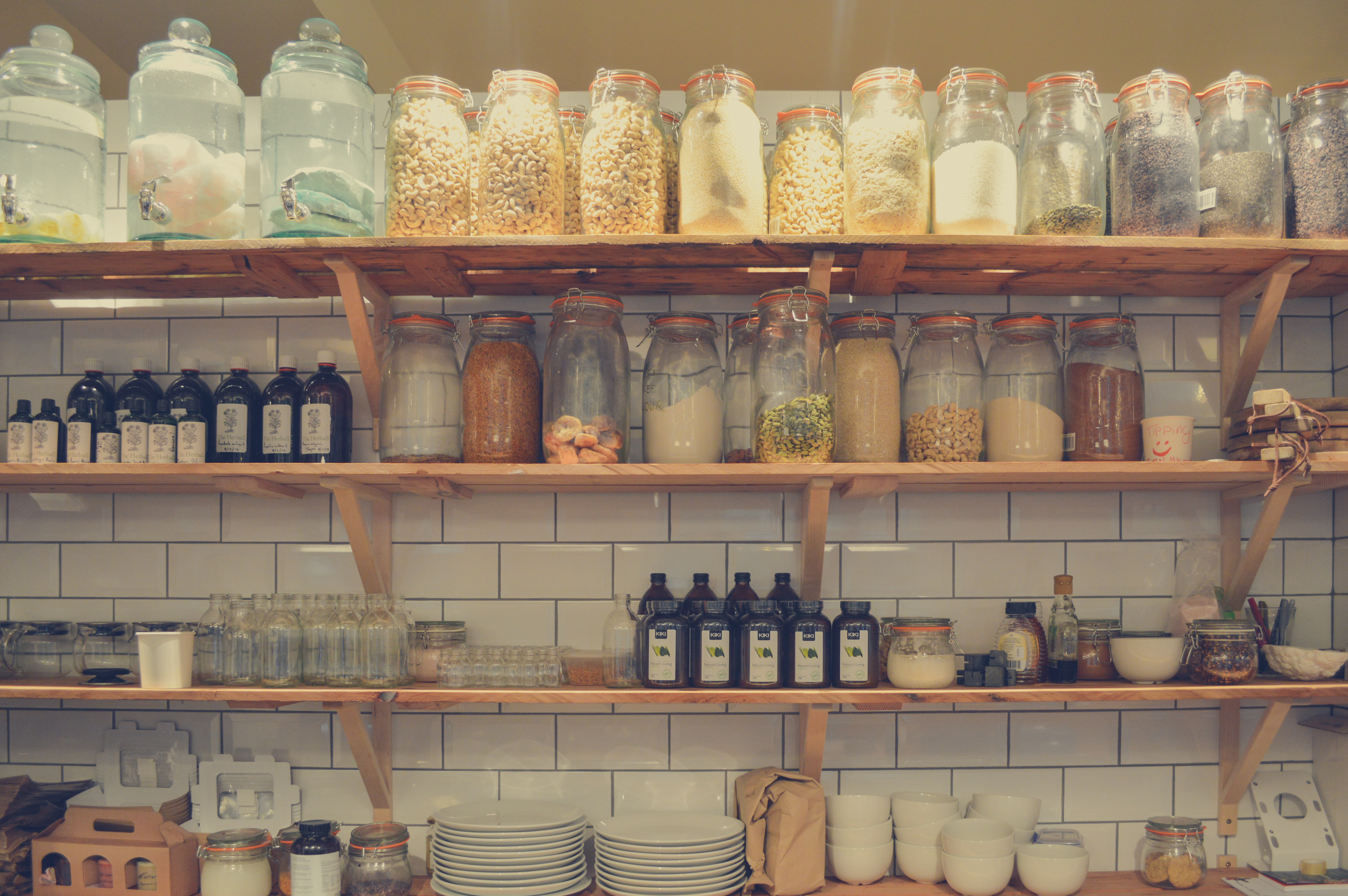
Minimise your deliveries
With big retailers offering next day delivery on millions of items, it’s so tempting to simply click and buy something online. However, buying lots of little items online means a huge amount of packaging waste, as many retailers will over-wrap their goods. Cut down on the amount you buy online, or order in bulk so that you get one large parcel rather than lots of little ones.
With around billions of kilos of waste produced around the planet each day, it’s important that everyone considers how they can reduce the amount of waste they use. A zero waste lifestyle is an ambitious goal, but once you start making changes you’ll see that a bit of planning and preparation can cut down on the amount you end up throwing away.
8 Tips to Ensure Your Interior Design is Sustainable
With people becoming more aware of their impact on the environment, there has been a greater push towards sustainability in areas such as interior design. Like fashion, interior design often revolves around short-term trends, and buying new items for the home each season, and this can create large amounts of waste in the manufacturing, packaging, and shipping of items. That’s why interior design has moved towards quality rather than quantity, so whether you’re looking for kitchen cabinets in Perth, or choosing a new wallpaper for your living room, it’s better to opt for things that’ll stand the test of time. Here are a few tips for achieving a stylish yet sustainable home.

- Embrace minimalism
Minimalism doesn’t necessarily mean a cold, clinical space. If you are trying to achieve a sustainable design, then focusing on a few high-quality pieces of furniture is better for the environment than buying entire new sets. Choosing furniture that’s too on-trend means that it’ll date so much more quickly, so rather than opting for something just because it’s the hot item of the week on Pinterest, look at styles that are modern, but have been established, so you can be sure they won’t fall out of favour in a few months.
- Refresh and revive
If a piece of furniture is functional, yet is looking a bit shabby and dated, don’t take it straight to the dump. If you invest in quality furniture, then it’s easy to refresh over the years, and you can:
- Add chalk paint to tired wood for a modern look
- Sand down and re-varnish wooden furniture
- Have sofas and chairs re-upholstered
- Replace handles on drawers for a new style
- Repaint bedframes and replace slats
Not only is this a more sustainable way to furnish your home, it saves you money too, and makes it worth investing in quality pieces rather than constantly buying cheap flat-pack items.
Upcycling has also become a big trend in interior design. Finding second hand furniture items and redecorating them can be incredibly rewarding, and save you a lot of money.
- Choose furniture carefully
When you do decide to buy new furniture, be cautious of where it comes from. Use a company that sells sustainably made furniture, and one which doesn’t exploit its workers. If you have a local company that makes furniture, then they’re often a good option, as they’re less likely to use pollutants or do damage to the environment. Shopping locally also means a shorter shipping distance, so there’s a lower carbon footprint.
- Choose sustainable materials and watch out for chemicals
Certain materials are much more sustainable than others. For example, bamboo is becoming a popular in interior design, as it is fast renewing and it’s a flexible, strong material. Bamboo has a modern, breezy style which looks great in living areas too
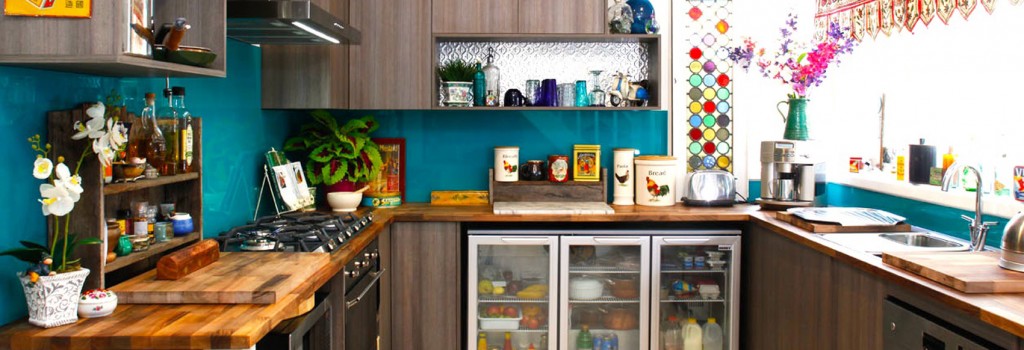
When using chemicals such as paint in your property, check that the product you’re using is environmentally friendly. Paints smell strongly because they’re often made with polluting products. However, there are many non-toxic paints available, which are especially good for kids’ rooms where paint fumes can be harmful. Consider using some eco-friendly finishes too. Terrazzo is made from recycled stone chips set in concrete, and adds an interesting texture, meaning it’s a great alternative to wallpaper. If you decorate and use paints or industrial glues, then make sure you dispose of them properly.
- Keep a comfortable temperature
For a design to be sustainable, it’s important to take the comfort of the room into account. If the room is impractical, then you can end up using additional energy on air conditioning, which is expensive and bad for the environment. Some ways you can improve energy efficiency through design include:
- Using the right window coverings – blinds can help protect from direct sunlight, and an awning can help you cut down on cooling bills
- Moving seating areas away from direct sunlight
- Using wooden or tile floors which feel cool to the touch
- Invest in solar control glass, which allows you to control how much light and heat passes through, cutting down on air conditioning costs
By thinking about the local weather and how it might affect the room, you can ensure it’s a comfortable place for people to live.
- Cut energy bills

Cutting the amount of energy used makes your home more sustainable, and little changes such as choosing light fittings that can use LED bulbs can cut energy bills. Many homes are now installing smart devices too, which can control the lighting and cooling of your home, allowing you to see how much you’re spending on energy, and control things remotely.
- Add greenery
Adding some greenery can improve the air quality of your room, and also adds an interesting, sustainable feature to your home. House plants are a big trend at the moment, especially large, leafy ferns and succulents. Plants are an excellent way to decorate a space, as there’s no plastics or metals needed, so they’re environmentally sound.
- Planning space
Interior design isn’t just about picking the right colours and fabrics. Space planning is an important part of creating a sustainable home, and ensures that the carbon footprint is kept to a minimum. For example, by creating a home that’s not too big or small, the space is more energy efficient, and by adding touches such as recycling bins, compost bins, and water-efficient showers, occupants can stay green without having to think about it much.
Whether you are installing a new kitchen or buying a new sofa, it’s important to think about whether you’re making sustainable choices. Because of constantly changing interior design trends, homes can be wasteful, which is why it’s important to choose high quality fittings such as cabinets, as well as strong, durable furniture that’ll last through the years. By opting for quality, you can save money in the long term too, as older items can often be recycled or handed down, meaning there are fewer items going to landfill.
green cabs and mousse
so recycled interiors has interviewed us and here’ s the link. it’s a bit of a read, but you’ll be rewarded with an amazing chocolate mousse recipe ![]() 🙂
🙂
https://recycledinteriors.org/ecocabinets-green-kitchens-m…/
go on, give it a read and whirl! article and recipe very rewarding
ecocabinets is mentioned on TV. check it out at 6.20′
https://recycledinteriors.org/press-media/
ecocabinets gets a mention on TV. have a look at 6.20′
https://recycledinteriors.org/press-media/
Kitchen Design: Then and Now
From alfresco layouts to kitchen cabinets in Perth and everything in between and everything in between, just about every aspect of home design has changed significantly over the years
Why Are Design Trends Evolving?
As technology continues to play an ever greater role in our day to day lives, manufacturers and consumers alike are exploring new ways to incorporate these innovations into our homes.
Of course, it’s not technological progress alone that’s responsible for evolving design trends. The modern Australian home has become a reflection of our contemporary lifestyles, and nowhere is this trend more apparent than in our kitchens.
Here at eco cabinets, we pride ourselves on our forward-thinking approach to designing and creating environmentally friendly custom kitchens and bathrooms in Perth. While we always keep one eye on the future, we also realise that history has a lot of important design lessons to teach us. What’s changed in the cabinetry industry? How are modern appliances shaping the kitchens of today? And what does the modern consumer really want from their home? In this article, we’ll provide you with all the information you need to answer these questions and more.
The Role of the Kitchen is Changing
It’s difficult to imagine, but kitchens haven’t always been the thriving hub of the home they are today. In the mid-1950s, most kitchens were little more than sparse utilitarian spaces where you prepared food, cooked and washed up. While the modern kitchen still fulfils these basic functions, there’s no denying that kitchens today play a much larger role in our homes.
Why the change? Well, although there are many factors at play, one of the most important is our change in lifestyle. In years gone, dining was more of a formal affair, with families assembling to share a meal at the dinner table. Of course, this still happens in many households, but the fast-paced nature of modern society means that a proper, sit down meal isn’t always possible, so the kitchen has naturally evolved to become more multifunctional. Yes, it’s still primarily a cooking space, but it’s also a place to socialise, to snack and to entertain. The kitchen is the heart of the home, now more than ever, and is critical for bringing family and friends together.
Perth Kitchen Cabinetry is Getting More Efficient
Good cabinetry has been a staple in kitchens here in Perth and around the world for decades, and that’s probably not going to change anytime soon. What is changing, however, is the design of these cabinets, both in terms of the manufacturing process as well as the end product.
Efficiency is the name of the game when it comes to cabinetry in 2017. We’re seeing a notable trend toward people wanting cabinets that offer clever storage, particularly in apartments and smaller homes where space is at a premium and every inch counts. This has encouraged cabinet makers to really tap into their inner creativity and has led to the widespread adoption of storage solutions on runners that are more like drawers than conventional cabinets.
It’s not just the efficiency of the design that has improved. As society in general becomes more environmentally conscious, we’re seeing a shift toward eco-friendly manufacturing processes that aim to reduce the ecological burden. As our name suggests, this is a core focus here at Ecocabinets and we always strive to operate in a manner that’s ethically and socially responsible. Whether you want to use zero-emission boards or recycled timbers, we’re passionate about doing everything we can to reduce our ecological footprint.
More Design Options
Taste is always subjective, and consumers want to ensure their cabinets complement the existing stylings of their homes. Contemporary cabinetry is typically sleek, minimalist, with strong geometric lines and comes in an array of colours to suit the broader aesthetic of the house. At the other end of the spectrum, traditional wooden cabinetry remains a popular choice for anyone who wants to achieve more of an organic, classical look.
Part of the reason why more cabinetry design options are now available is the fact that there’s now a much greater selection of finishes. In years gone by, customers were limited to a handful of finishes, but now have access to a huge range of colours, stains and textures. Highlighting and glazing remain popular choices, while those embracing a more organic aesthetic tend toward hues inspired by nature: stone, wood, shells and so on.
Regardless of what type of cabinetry you have in mind, Ecocabinets can help you bring your concepts to life. Whether it’s custom cabinetry or an entire kitchen build, our specialist team have the experience to design and build your project within budget and to a deadline.
Appliances are Influencing our Design Choices
As technology continues to advance in leaps and bounds, home appliances are steadily becoming more energy efficient, which is enabling modern households to save big on their power bills. According to the Australian government’s Your Home initiative, appliances account for around 33 percent of the average household’s energy use, so it should come as little surprise to learn that switching to more energy efficient models can drastically reduce power consumption.
The appliance revolution shows little sign of slowing. In fact, the Internet of Things (an interconnected network of internet-enabled devices and appliances) means that homes are going to become smarter, help automate more tasks and become more efficient in the years to come. Think smart light bulbs that can be controlled from your smartphone, refrigerators that automatically order more groceries from the supermarket when you start running low on certain goods and juicers that track the nutrients you’re consuming.
Kitchen design has changed in a number of different ways, but one thing that will always be valued is quality craftsmanship. If you’re considering building a new kitchen or designing some cabinetry, we’d love to hear from. With a focus on beautiful design and sustainable environmental practices, eco cabinets is your number one choice of custom kitchen cabinetry in Perth. Give us a call today to discuss your options.
the magic triangle of kitchen design
bathroom refresh?
bathroom renovations need to be done properly, so have ecocabinets, your bathroom reno specialists, handle the whole process right. here’s what domain has to say about it and some realistic numbers, too. check our portfolio (https://www.ecocabinets.com.au/portfolio/bathrooms) and then give us a call: https://www.domain.com.au/advice/budget-midrange-or-luxury-how-much-does-a-bathroom-renovation-really-cost-20170922-gylok5/

